Guide to Home School with Common Seas

Find out how to take on the issue of plastic pollution at home. This 12-part series of activities will take you on a journey to explore the plastics issue and then take action at home. From turning a plastic bottle into a bird feeder to making your very own slime, the activities are fun, free and easy-to-use. You can either start at the beginning of the course and work your way through, or pick any activity you like and get going!
Ages 7+
12-part series
Part of:
Common Seas Ocean Plastics AcademyOverview
Welcome to Homeschool with Common Seas! These activities will help you and your family to explore our Ocean and the questions at the heart of the plastic problem: Why do we use so much plastic? How does it get into our oceans? What can we do about it?
This introduction takes you through each of the 12 sessions, and 14 fun and engaging activities. But you can also just start wherever you like – there’s plenty of learning to do!
If you’re looking to dive even deeper into the Ocean and how you can help stop plastic pollution, then why not explore our Ocean for beginners mini-units for ages 5-7, 7-11, 11-14 or 14-16, or the Ocean Plastics Cross-curricular | Ages 7-11 lessons? You’ll also find relevant links to these resources within each of the activities. They can be used by teachers to provide a fuller learning experience, or you can use them at home to enrich the activities.
Part 1 Plastic properties
Plastics are everywhere. They have exploded into our lives, with 300 million tonnes being produced every year. Why is this? A significant part of the problem is because plastic is so versatile. Understanding the properties of plastics is important to understand why it is a problem and what the solutions are.
Use the Fantastic plastic activity to understand the useful properties of plastic and the Slimy chains activity to understand how plastics are made through the process of polymerisation.
Further information about plastics and materials properties can found on the slide deck from the lesson resources for What are plastics? Part one.
Part 2 Plastic investigator
Building on the exploration of plastic properties, this activity looks at the different types of plastic and their uses in the household. Some of these plastic types are really useful in the home, but the range of plastic types make it challenging to deal with the waste they create, as well as their environmental impact.
To find out about the different plastic types at home, use the Plastic investigator activity.
Further information on plastic types can be found on the slide deck from What are plastics? Part two.
Part 3 The journey of plastic
Start to think about how plastic can become a problem by looking at the journey plastic takes from production to consumer and then to the ocean. Tell a story about what could happen to a plastic drinks bottle if it is not recycled properly. There is an option to tell the story using a map as well.
Use the Plastic journey activity to start to structure this activity.
Find further information on the journey of plastic waste on the slide deck from Where are plastics? Part one.
Part 4 The problem with plastics
Now that we’ve thought about how plastic can get into the environment, this session thinks about the problems that they cause. Looking at the problems and introducing solutions including the 6 Rs which will be the focus of the next sessions.
Use the Plastic threats activity to find out more about how plastics harm marine life.
Find further information on the slide deck for What impact can plastic have? Part one.
Part 5 The 6 Rs (refuse & reduce)
In this session, we introduce the 6 Rs and look at what they mean. This first 6 R session looks at how we can reduce the amount of plastic we use by choosing non-plastic alternatives. Reflect back on some of the earlier sessions about how some plastic items are hard to manage as waste, to introduce the activity.
Use the Potato stamp wrapping paper activity to examine one way of reducing the amount of plastic we use.
More learning about designing our way out of plastic can be found in the lessons Design Technology – The plastics problem and Design Technology – The plastics solution.
Part 6 Replacing plastics
Replace is not one of the 6 Rs. Replacing plastic with another material can be seen as a solution in reducing plastic waste, but it can cause other environmental impacts. In this session, you will examine bioplastics to see whether they might be part of the solution.
There are two activities to look at for this: Bioplastic decorations and Plastic degradation test.
The biodegrade test covers key stage 3 (ages 11-14) science content and is a great extension activity for younger students.
Part 7 The 6 Rs (recycle)
Recycling is one of the 6 Rs, but is at the bottom of the waste hierarchy. This is because recycling still allows for the creation of plastic waste, even if it dealt with in a more environmentally friendly way than sending waste to landfill or letting get into the environment. On your journey to becoming plastic waste-free, building your recycling skills is still an important step.
There are two activities. A Recycling quiz tests your knowledge on the basics of recycling and the Super recycler activity develops your recycling skills.
Learn more about the 6 Rs and recycling using the What can I do? Part one lesson.
Part 8 The 6 Rs (reduce, repair & rethink)
As we work to reduce the amount of plastic we use, if plastic waste is created, we can always think about turning these items into something useful again. Placing waste plastic into a ‘making things box; can be the start for a whole range of at home or at school craft activities.
This session uses two simple craft activities, giving a fizzy drink bottle or a milk bottle a second life. Try the Plastic bird-feeder or Plastic snack box activities.
More learning about designing our way out of plastic can be found in the lessons Design Technology – The plastics problem and Design Technology – The plastics solution. As a challenge activity, try tackling some of the design lessons for older students.
Part 9 Plastic hunt
Now that you have learned about plastics and some of the 6 Rs, the focus is on taking action on plastics at home. There are some plastic items that are known as problem plastics as they are hard to recycle. This session looks at some of the worst offenders using a treasure hunt type activity. How many will you find?
Use the Problem plastic hunt activity to structure this session.
Part 10 Plastic bin weigh-in
The plastic bin weigh-in session looks at the amount of plastic waste that is created each week. As a family, monitor the amount or weight of plastic across different types for at least a week. The 'Find out more' section of the activity then suggests some strategies for reducing plastic waste.
Use the Plastic bin weigh-in activity to structure this session.
Part 11 Become a plastic hero
Now, you are nearing the end of your Ocean Plastics Academy at home journey, it is time to look at what you will pledge to do to reduce plastic waste at home. The Plastic hero pledge provides a structure to review your learning and to make firm commitments to build towards a plastic waste-free future.
Use the Plastic hero pledge activity to structure this session.
Part 12 Plastic quiz
See how you have developed over the past weeks with a plastic quiz. Then share your commitments and knowledge with others to build a community of plastic heroes.
Use the Plastic quiz activity to test your knowledge.
Brought to you by

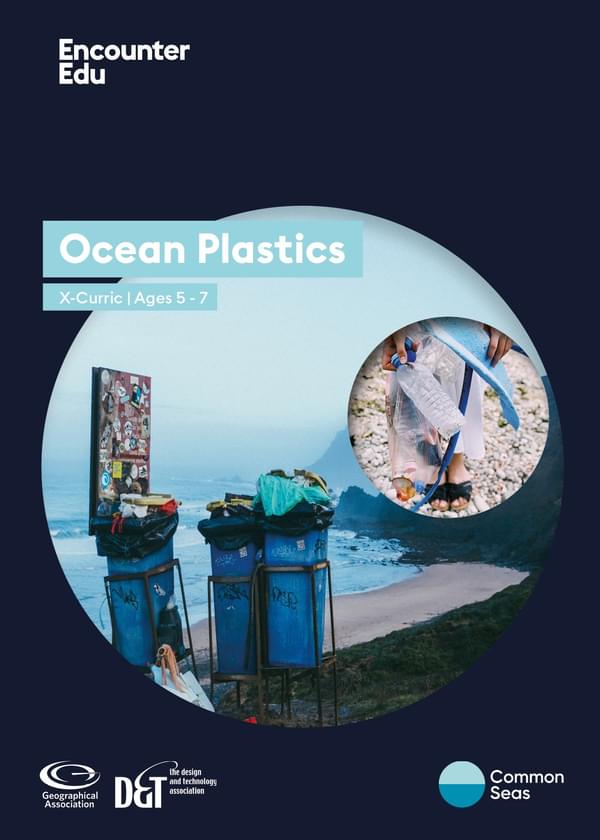
Cross-curricular | Ages 5-7
Ocean Plastics
Ocean plastics ages 5-7 unit is a KS1 teacher resource that introduces students to the issue of plastic pollution. Students study materials, their properties and explores what happens to our plastic rubbish.
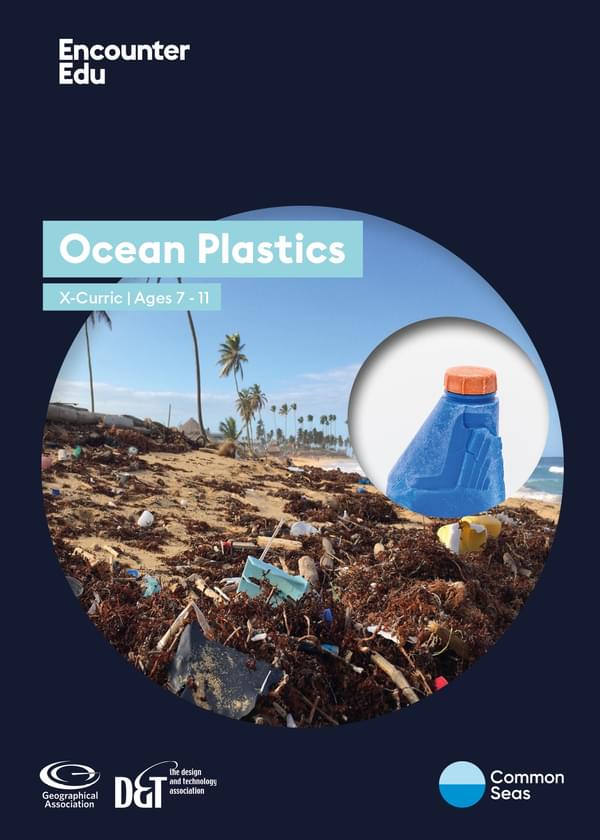
Cross-curricular | Ages 7-11
Ocean Plastics
Ocean Plastic ages 7-11 unit is a KS1 teacher resource that introduces students to the issue of plastic pollution. Students study materials, their properties and are inspired to enact change in their communities.
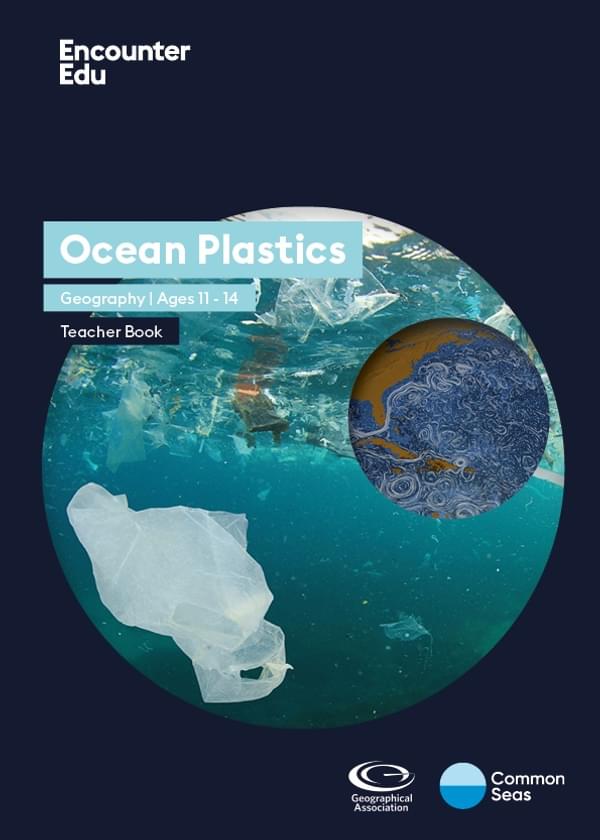
Geography | Ages 11-14
Ocean Plastics
Ocean Plastics Geography ages 11-14 unit is a KS3 teacher resource that introduces students to ocean plastic pollution. Students explore a variety of case studies in the UK, Africa and Asia.
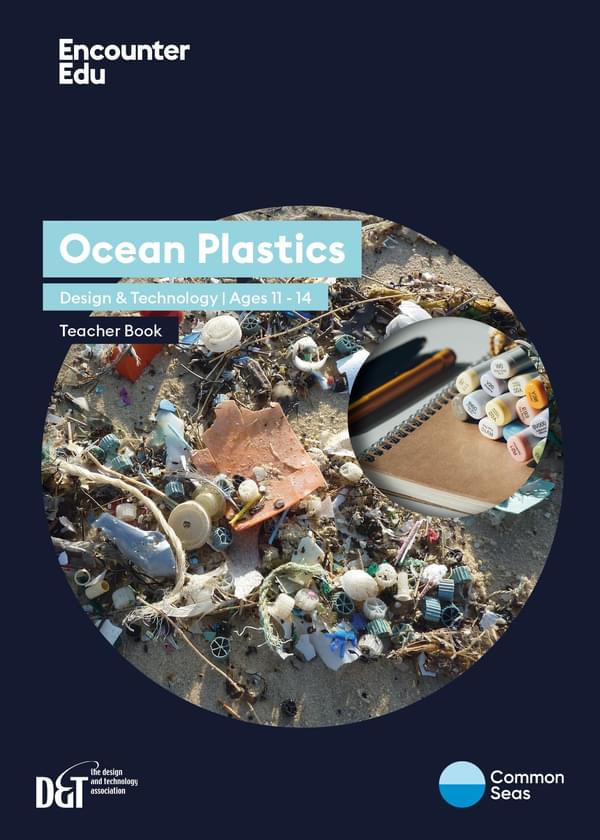
Design and Technology | Ages 11-14
Ocean Plastics
Ocean Plastics DT ages 11-14 unit is a KS3 teacher resource. Students innovate new products that apply the 6 Rs and design principles to protect oceans from plastic waste. Included are teacher resources that promote students to solve their own design problems with creative ideas.
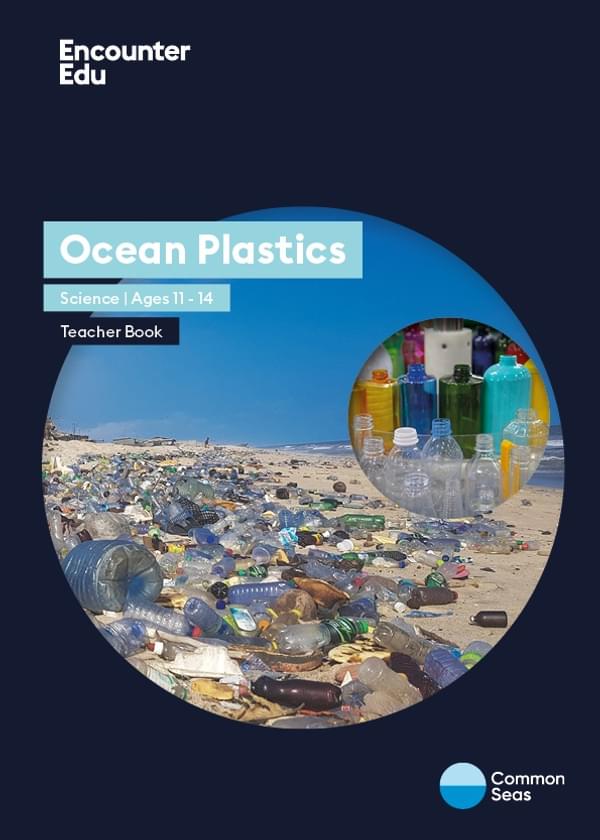
Science | Ages 11-14
Ocean Plastics
Ocean Plastics Science ages 11-14 unit is a KS3 teacher resource combining both biology and chemistry. Students discover the journey plastic takes from manufacture, use, and disposal into the ocean. Included are teacher resources that allow students to emulate real research conducted by The University of Plymouth.
